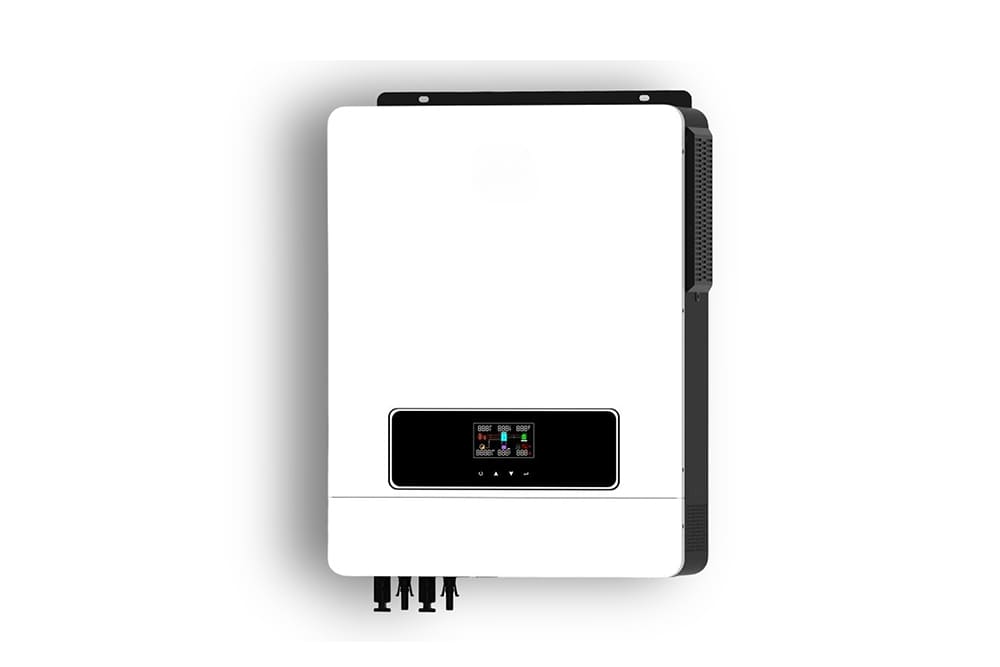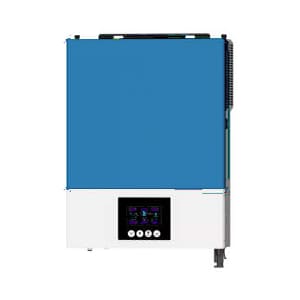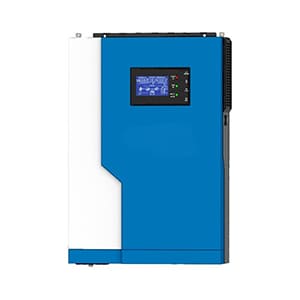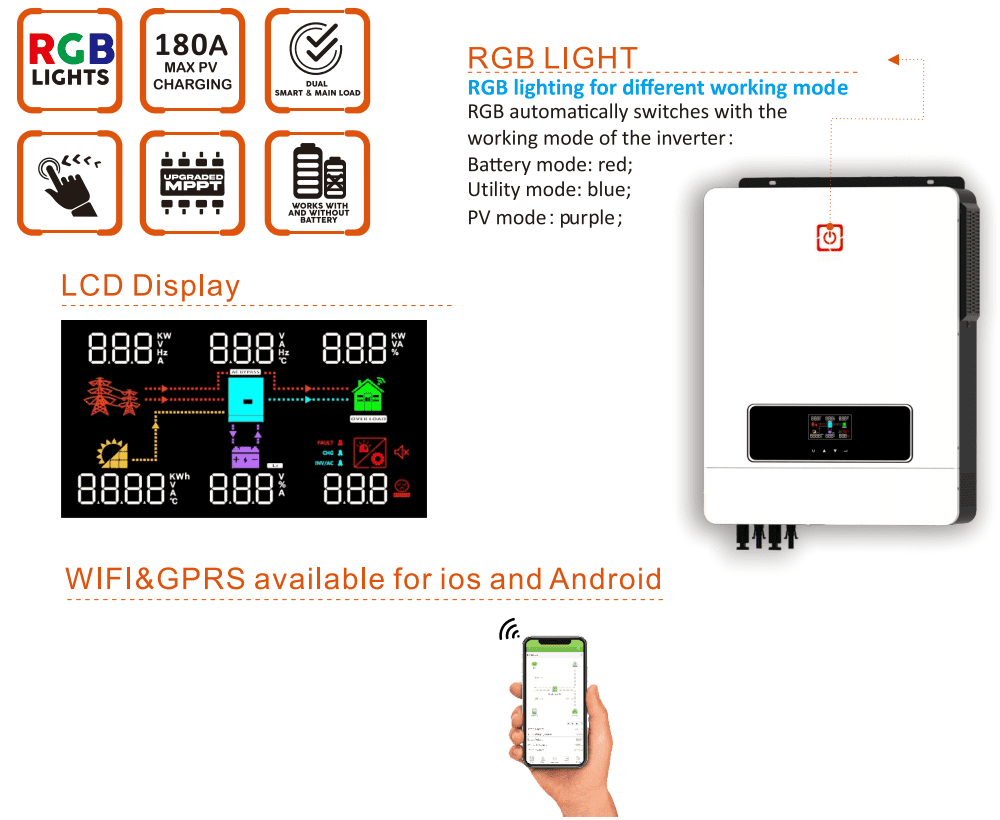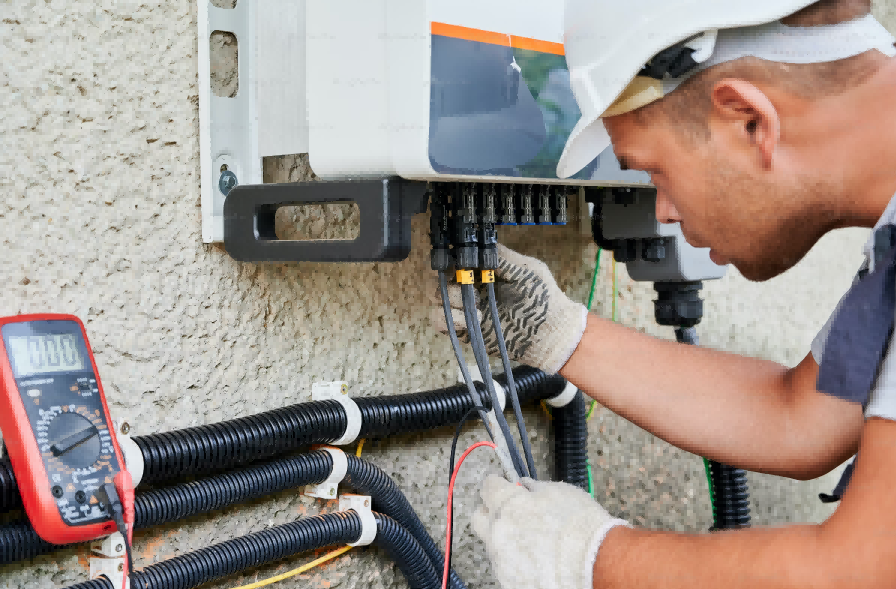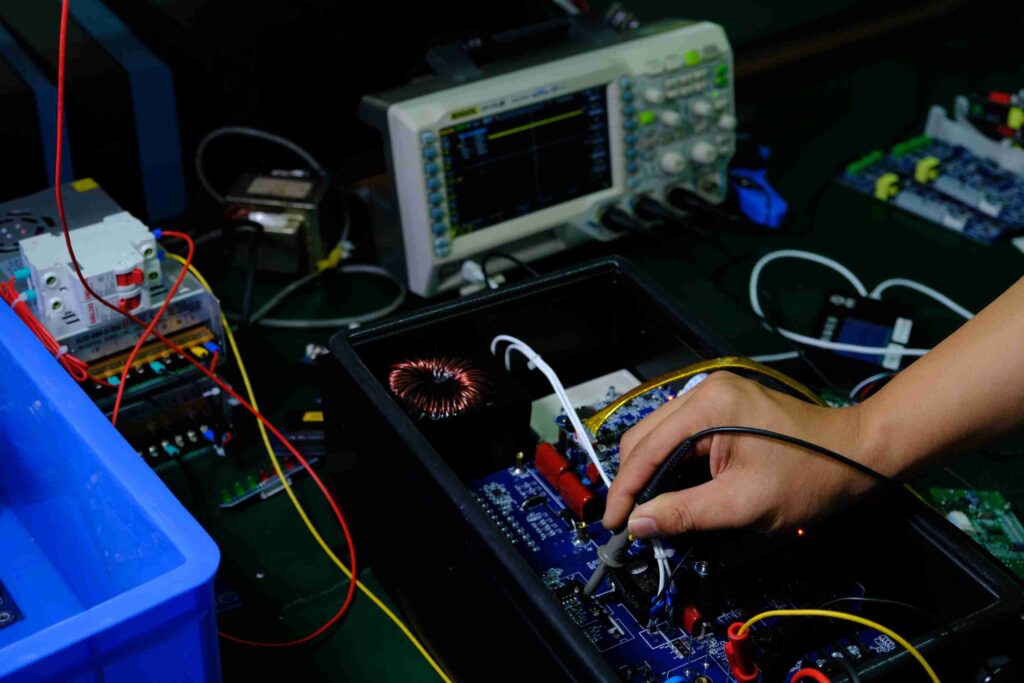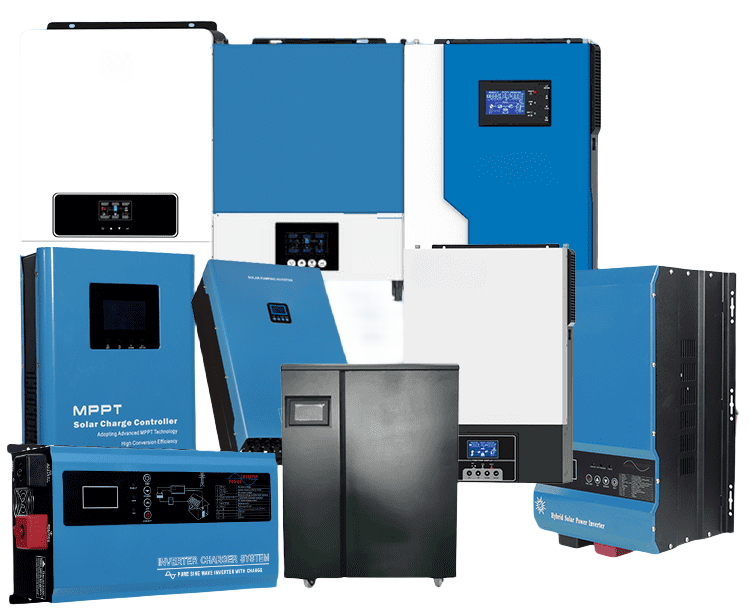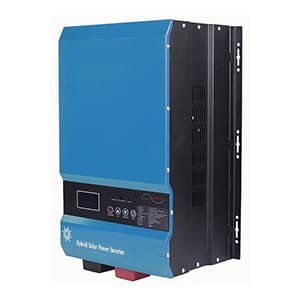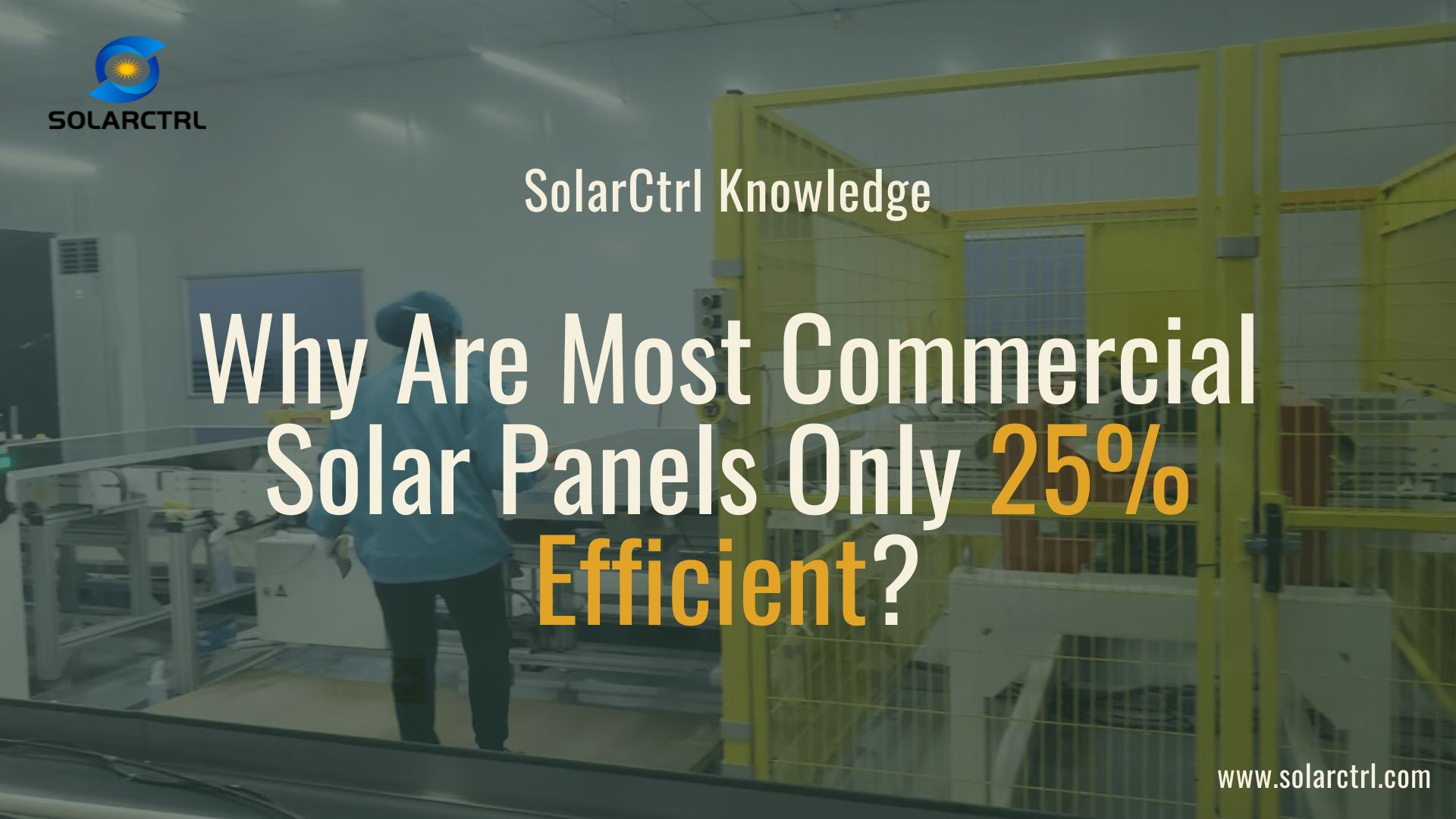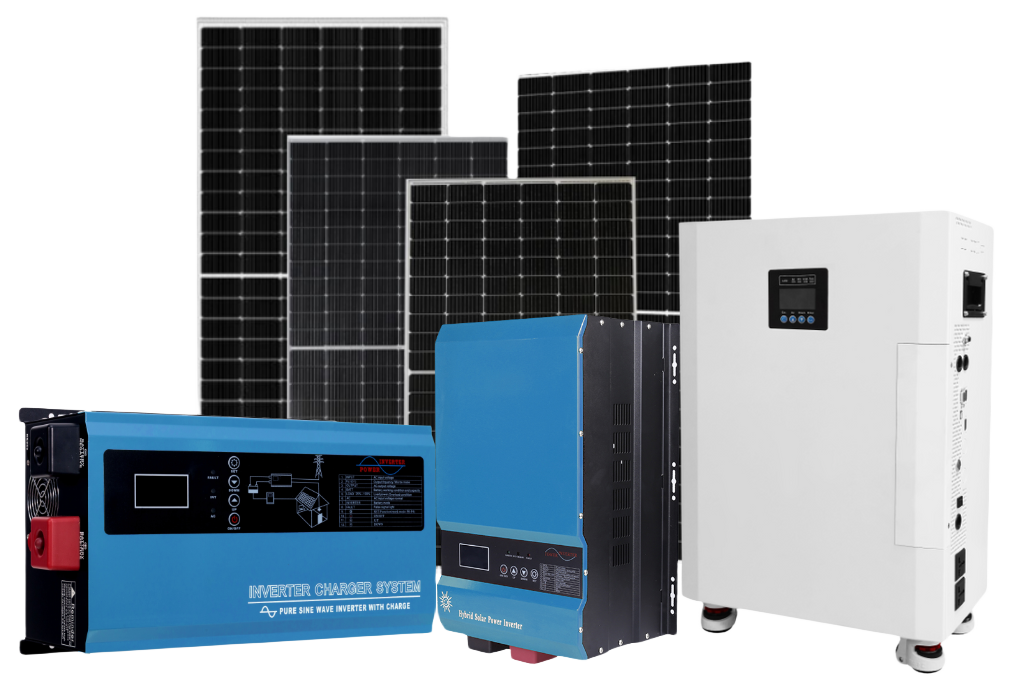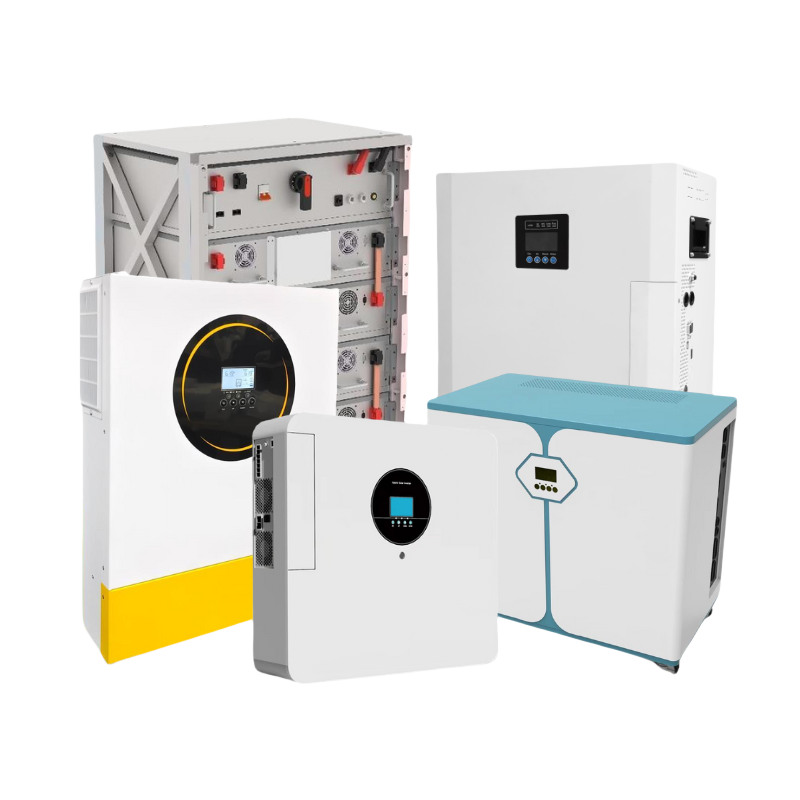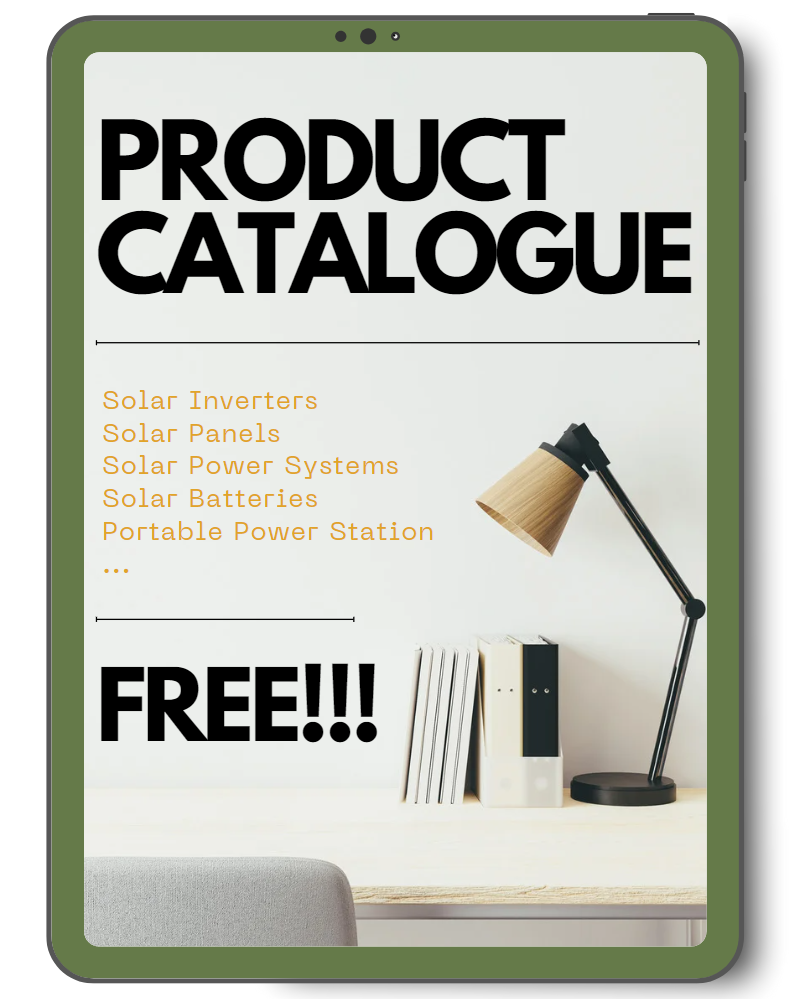
What Are the Main Performance Parameters of Solar Panels?
Solar panels are transforming the way we harness renewable energy, offering an efficient and environmentally friendly alternative to traditional power sources. However, understanding their performance can be a bit technical. To make informed decisions, whether you’re a homeowner, solar distributor, or technical professional, it’s important to grasp the key performance parameters of solar panels. In this article, we will explore these essential metrics, which help determine the effectiveness and efficiency of a solar panel system.

